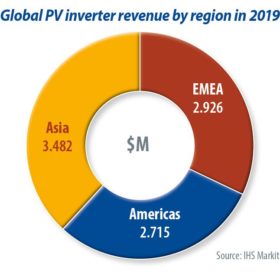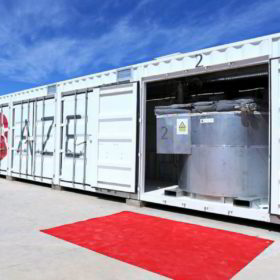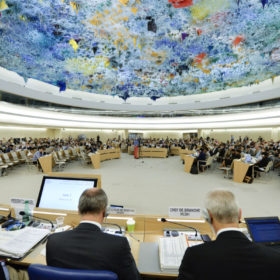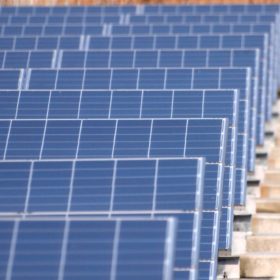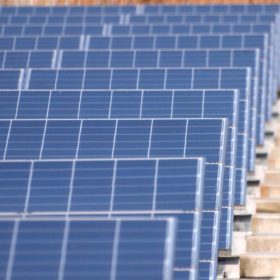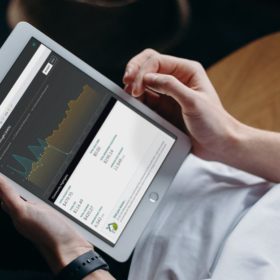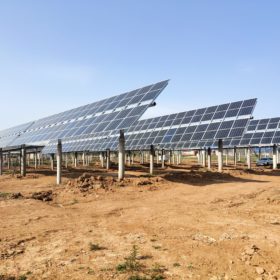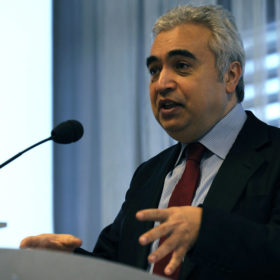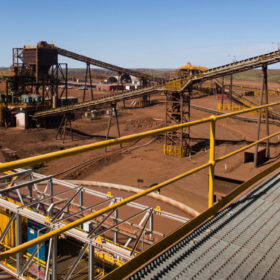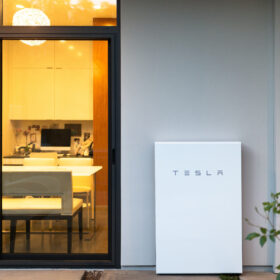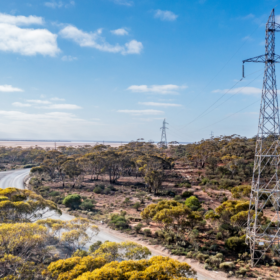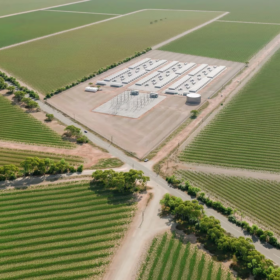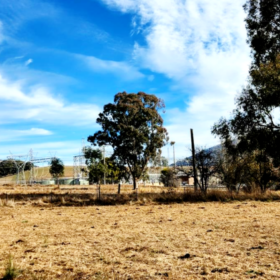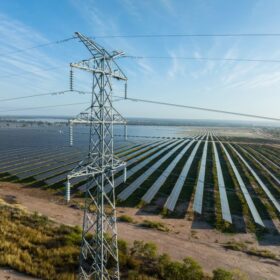Record shipments push global solar PV inverter market past $9 billion in 2019
The PV inverter market achieved record shipments in 2019, writes IHS Markit’s Miguel de Jesus, driven by booming shipments in key markets such as the United States, Spain, Latin America, Ukraine and Vietnam. Revenue rose rapidly, surpassing the $9 billion mark in 2019 for the first time.
What’s going on in the world of thermal energy storage?
Can this technology be commercialized? A partnership between Siemens Energy and EnergyNest to develop thermal storage solutions together is the latest development in an industry with lots of potential, but little practical application thus far.
Business & Human Rights Resource Centre investigates human rights issues in solar, wind
An assessment of the human rights performance of the world’s leading solar and wind power companies has painted a grim state of affairs, with the only dedicated solar manufacturer analyzed scoring 7%.
PV module prices are falling faster than all predictions
New research from Wood Mackenzie shows that overall system costs for installations using mono PERC modules are set to fall by as much as 20% by 2025.
Premature inverter failure – 4.2 GW of capacity will be affected this year, says analyst
U.S.-owned business intelligence firm Wood Mackenzie has attempted to evaluate the market opportunities offered by the repowering of solar projects around the world which feature inverters which are 10 years old – as well as those which will expire ahead of time.
Blockchain P2P solar energy trading proves feasible and popular in world-first trial
An Australian government-backed trial of peer-to-peer (P2P) solar trading has demonstrated the potential of localized two-sided energy markets and blockchain technology to improve the energy system. However, current electricity tariff structures would need to be modified to realize the full stack of values that this technology has to offer.
Trina Solar launches TrinaPro Mega, all-in-one ultra-high-power PV solution
As the solar industry moves to embrace ultra-high-efficiency modules, the Chinese PV heavyweight has unveiled TrinaPro Mega, the first integrated solar system in the world that incorporates 500W+ modules. The solution is expected to be particularly attractive for Australia’s utility-scale PV sector.
Supply chain concerns will drive EV battery recycling policies
With electric vehicles starting to gain traction, the International Energy Agency’s updated, ten-year e-mobility forecast has suggested geopolitical and economic concerns will trump environmental niceties when it comes to encouraging recycling. But what price ever-cheaper batteries?
Another billion-dollar quarter for JinkoSolar
Despite the challenges to both the manufacturing and shipment of its products during the period, JinkoSolar today reported that it shipped 3.4 GW of modules in the first quarter of 2020, bringing its revenue for the quarter just over the billion dollar mark.
Carbon accounting for beginners
A new report from Rocky Mountain Institute in the U.S. explores the need for companies to disclose information about greenhouse gas emissions throughout their supply chains, and the most effective ways to do this whilst ensuring consistency and comparability of collected data across multiple industries.
